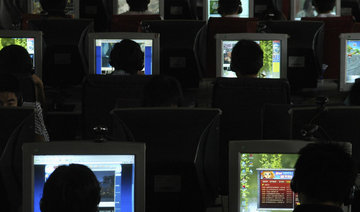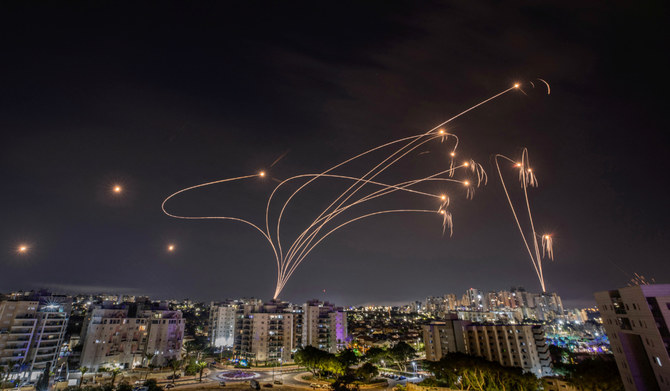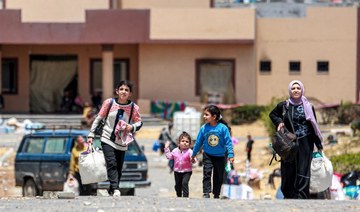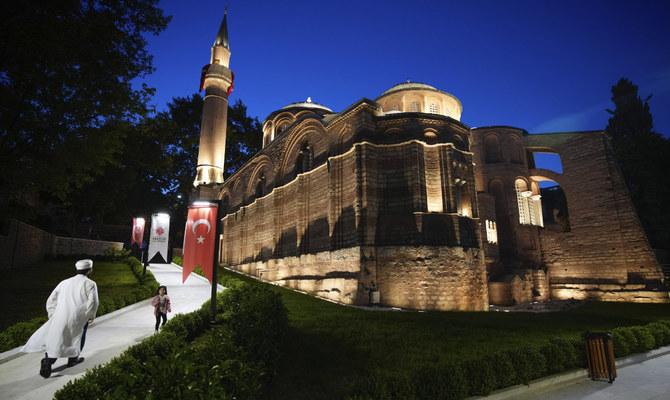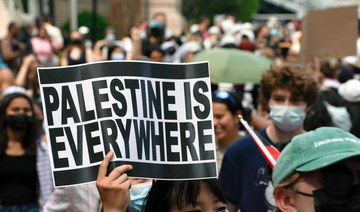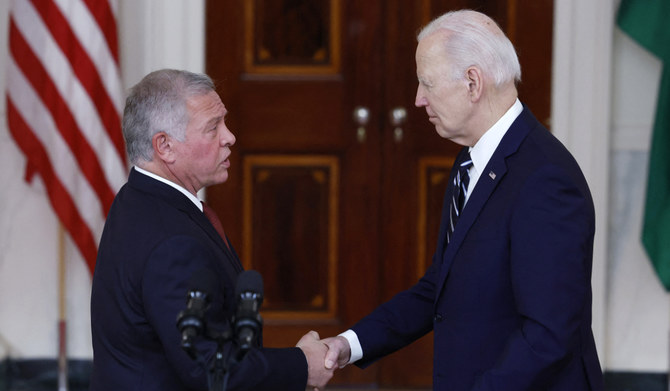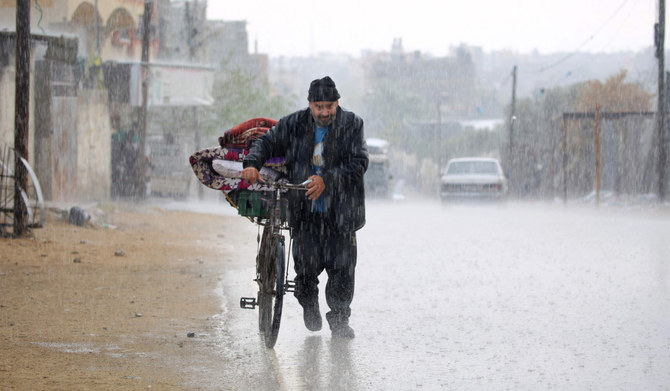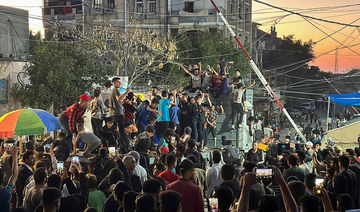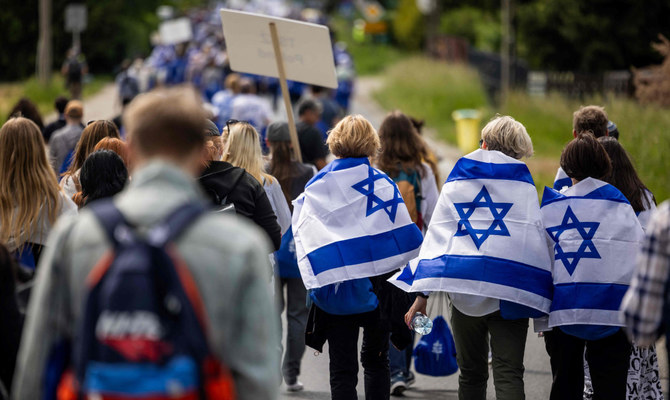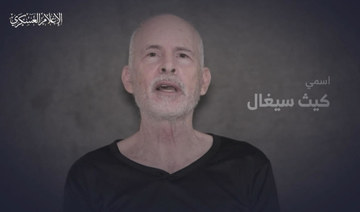BEIRUT: A conference held on Wednesday heard that internet abuse had become a threat to the safety of Lebanon’s children.
The conference, Protecting Children in the Digital Space, was held at the Beirut Bar Association.
Speakers warned that child protection was not limited to protecting them from sexual exploitation and human trafficking alone, but “it goes beyond that and includes the phenomenon referred to as cyberbullying, which sometimes leads to suicide.”
A 2018 study conducted by Save the Children in Lebanon showed that children in the country were most exposed to physical bullying (41 percent), while 6 percent were victims of cyberbullying.
The study found that Syrian refugee children were most exposed to verbal bullying (32 percent) and Lebanese and Syrian children were bullied at almost the same rates, at 21 and 19 percent.
Mayke Huijbregts, from UNICEF Lebanon, said: “The many global changes and increasing risks in light of COVID-19 forced children to learn online and they are now facing various kinds of risks, whether through viewing harmful contents in the form of pictures and videos or by sending and sharing their pictures that travel the world in seconds, making them victims of social media.”
Lebanon’s children “were not spared from bullying, harassment and extortion,” she added, stressing the necessity of “sharing UNICEF’s plans in Lebanon with the relevant ministries, launching awareness-raising campaigns at schools and holding training sessions.”
Suha Ismail, head of the International Center for Human Justice, said: “Smartphones and video games, which have become a necessity for everyone, created many risks that could threaten the safety of children, subject them to extortion, kidnapping or addiction, while also affecting their physical and mental development.
“This forces us to determine what is beneficial and what is not, despite the local censorship, which cannot provide protection on its own.
“Internet usage is no longer limited to completing homework; it is now used for many purposes. This situation requires the adoption of regulations and the development of laws. These steps are at the heart of the center’s objectives, with the aim of having a legal framework and training sessions that serve this purpose.”
Nadine Dakroub, president of the Juvenile Affairs and Children’s Rights Committee at the Beirut Bar Association, said that “rapid technological development sometimes gets ahead of the development of local laws related to the protection of juveniles and minors.”
She added that “various workshops on juveniles and children’s affairs are needed to deal with this issue, along with an active participation in the Parliamentary Administration and Justice Committee and the remaining relevant parliamentary committees, especially the Women and Children Parliamentary Committee.”
Inaya Ezzedine, head of the Women and Children’s Parliamentary Committee, said: “Dealing with this issue with legislative fragmentation has resulted in a state of chaos and a lack of effectiveness.
“The approach, which is focused on protecting children in the digital space, should progress on two paths simultaneously: firstly, a legislative path that protects children’s personal data and privacy, while also censoring digital content; secondly, a children’s awareness-raising path that focuses on enhancing their protective skills, allowing them to identify the sources of danger in the digital space.
“In 2019, I submitted a draft law aimed at amending article 120 of the law on electronic transactions and personal data in order to regulate minors’ access to some websites, protecting children from violent and pornographic contents that affect their physical development and behavior in society. I took this step in light of the increasing number of websites that encourage immorality, suicide and homosexuality.
“The sexual harassment law, which was adopted recently, took into account electronic harassment. However, protecting children and implementing the relevant law requires technical capabilities that would allow the Lebanese government to obtain unified data from children signing in, stop illegal internet providers, and have full control over the electronic space, which constitutes part of the country’s national security.”
Abbas Halabi, the caretaker education minister, said: “The child protection principles, including child protection in the digital space, were included in the public education sector’s national pre-university curriculum, while a large number of teachers have received the relevant and necessary training.
“In 2018, the ministry, in cooperation with UNICEF, launched its policy on student protection in the school environment. The ministry’s operations room has a hotline that receives calls related to child protection in schools, including the digital space, and addresses them with the help of experts.
“We rely on the parents’ vigilance, as they are a key partner in the efforts to prevent risks and ensure the safety of children when they use modern technologies. We also rely on the Bar Association when it comes to establishing a legal framework for effective, permanent and comprehensive protection against the various risks children might be subjected to.”
Participants in the discussions warned against “restricting freedoms or adopting regulations that obstruct the right of any person, especially children, to access information and gain knowledge, as it is a sacred right, particularly enshrined in the UN Convention on the Rights of the Child.”
Activist groups have already launched individual initiatives to address the problem of online harassment. Harrasstracker is a platform that enables people to anonymously report cases of sexual harassment in Lebanon.





